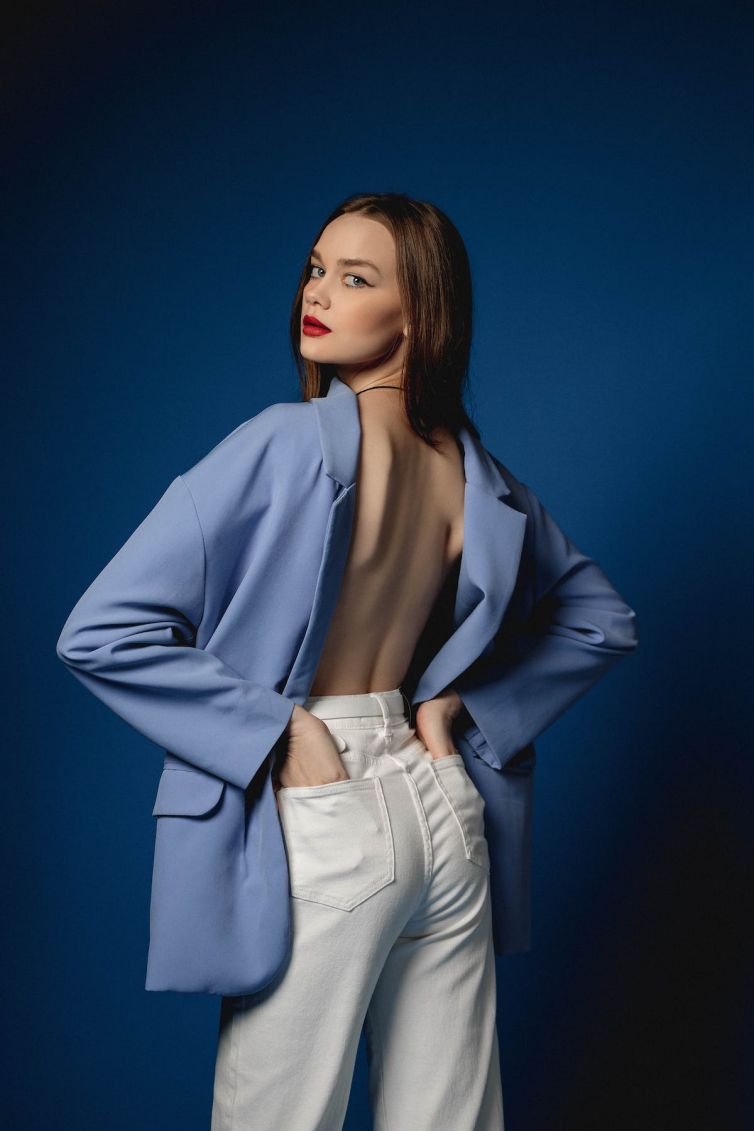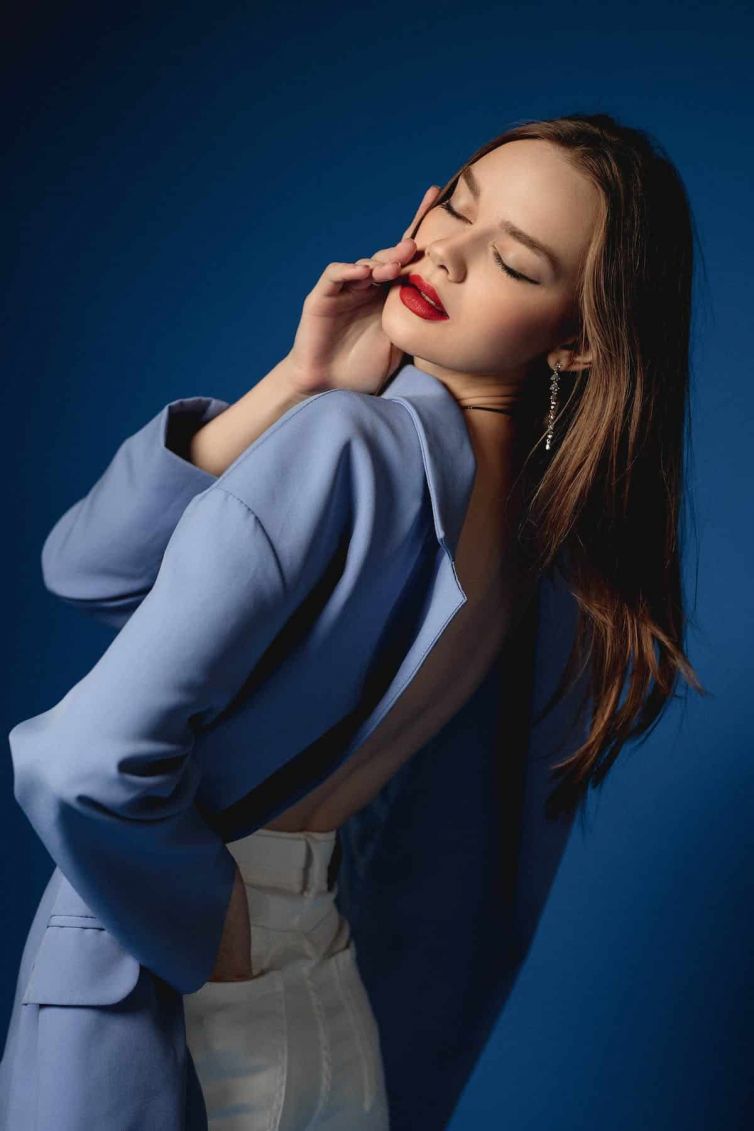Color Magic: Boosting Your Brand on Social Media with Palettes

1. Understanding the Impact of Colours on Perception:
Colours, beyond being a visual feast, wield a profound influence on our emotions and the way we perceive the world. In the realm of marketing photography, the psychological implications of colours play a pivotal role in eliciting specific responses from the audience. For instance, the fiery hue of red can evoke feelings of passion and energy, while the calming tones of green might be associated with tranquility and nature. The cool and composed shade of blue, on the other hand, signifies trust and professionalism. A grasp of colour psychology is essential for the conscious curation of a captivating and emotionally resonant palette.
2. Strategic Alignment of Colours with Brand Identity:
Once the emotional nuances of colours are comprehended, the next step is to align these hues with the overarching visual identity of the brand. Consistency is key; the colours chosen for photography must harmonize seamlessly with the brand’s logo, marketing materials, and overall visual language. It’s not merely about aesthetics; it’s about establishing a visual narrative that echoes the brand’s values and resonates with its target audience. Collaborating with the client becomes imperative at this stage, as their insights and preferences can guide the selection of colours that best represent the brand.
3. Creativity Anchored in Audience Understanding:
The artistic application of colours in photography is undoubtedly an art form. However, creativity must be grounded in a deep understanding of the target audience. Different demographics respond uniquely to colour stimuli, and an insightful analysis of the audience can guide decisions on which colours will capture attention and foster engagement. For example, vibrant and energetic colours may be more effective for appealing to a younger consumer base.
4. Illustrative Success Stories in Social Media Campaigns:
Examining the strategic use of colours in successful social media campaigns provides invaluable insights. Brands like Coca-Cola consistently leverage the vibrancy of red, infusing their content with joy and energy. Starbucks, on the contrary, opts for lush greens, creating a visual connection with freshness and nature. These examples underline the effectiveness of a well-crafted colour strategy in reinforcing brand recognition and storytelling.
5. Harmonious Blending and Aesthetics in Photography:
The final masterpiece in the art of colour utilization is the understanding of colour harmony. It’s not just about individual colours but about how they collaborate and complement each other. Skillful composition of various hues enhances the overall aesthetics of a photograph, making it visually compelling and engaging for the audience.
Conclusion:
In the dynamic world of marketing, where visual appeal is paramount, colours in photography emerge as powerful storytellers. They transcend the boundaries of mere aesthetics, becoming strategic instruments that shape brand identity, captivate audiences, and convey nuanced messages. For a social media marketing agency, mastery in the orchestration of colours is not just an asset but a key to navigating the intricate landscape of virtual communication successfully.














